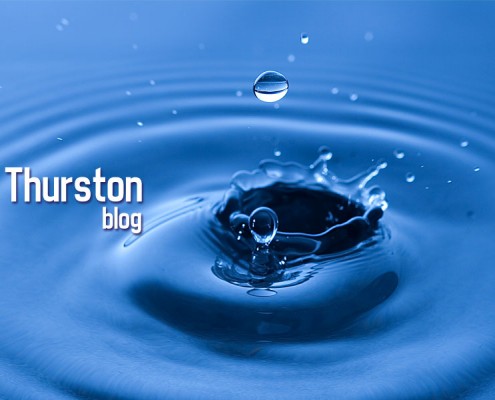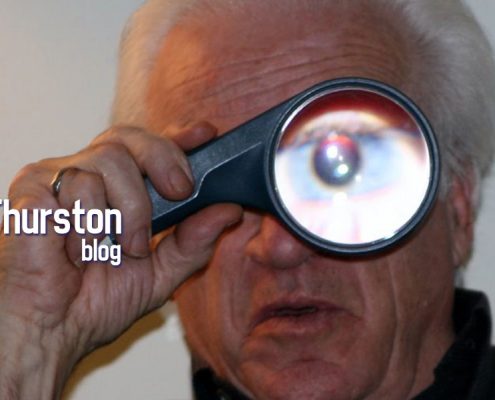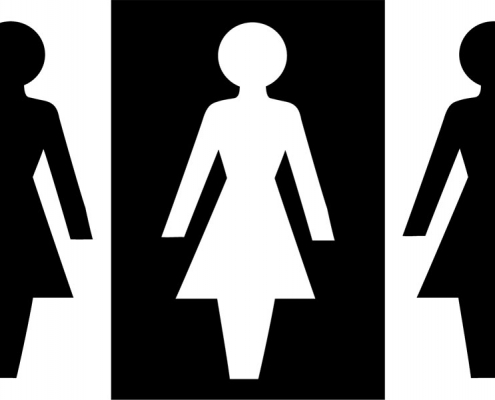A Tale of Three Ventures
Dealing with gaseous and air-born particulate stack exhaust has a recent and interesting history. In the late 1960s determining the volume and content from a gas turbine electrical generating plant was assigned to a Calgary-based consulting engineering firm. Solving this problem highlighted the broader issue of measuring emissions from stacks in many industries.
Effluent as a result of extracting sulfur from natural gas presented just such a challenge. Government and operators were both interested, one from a regulatory view and the other to improve efficiency. Measurement capabilities were primitive. Instrumentation left much to be desired and was applied under very arduous circumstances. The search for improvement generated new technology yielding data continuously from remote locations without physical intervention. Before long the information allowed for improved efficiency. Lower emissions, increased sulfur recovery and a profitable instrumentation product line were the results.
Hog and dairy operations generate a large amount of biological waste. Traditional remediation methods require volumes of fresh water, settling ponds, atmospheric evaporation, transportation of low concentration liquid manure, solids removal and distribution. Impacts are significant such as continuous input of water, odour contamination, and expensive transportation. Regulations include water limits, land use and waste disposal. High costs, environmental issue land limitations and water restrictions are not popular with producers either.
A low-cost alternative was needed that concentrated the liquid manure mechanically, that recovered potable water, that provided for inexpensive effluent distribution and could be operated in a rural setting. Just such a system is now available. Environmental issues are solved and the producer can sell by-products profitability. The equipment provider enjoys a successful enterprise.
Treating new and existing hazardous waste is an ongoing problem. Financing, constructing and locating a required facility become contentious as does operating and transporting material to the site. Governments have taken the approach of guaranteeing the financing for the construction and operation of such an operation. Hazardous waste generators are charged a disposal fee, and government makes up the shortfall based on a predetermined rate of return. While adventuresome, this approach on a long-term basis has proven to be fraught with difficulties. Although circumstances differ somewhat, a major stumbling block is the opportunity to convert to a profitable enterprise without subsidization.
Reducing sulfur dioxide emissions is beneficial to the producer, the instrument manufacturer and the public. Equally all parties to the swine water treatment problem benefit. Not so much with respect to hazardous waste destruction. No enduring benefit to all constituents has ever materialized because it was born as a cost centre and not as a profit centre. To be sure, not always possible but certainly worth trying for.















